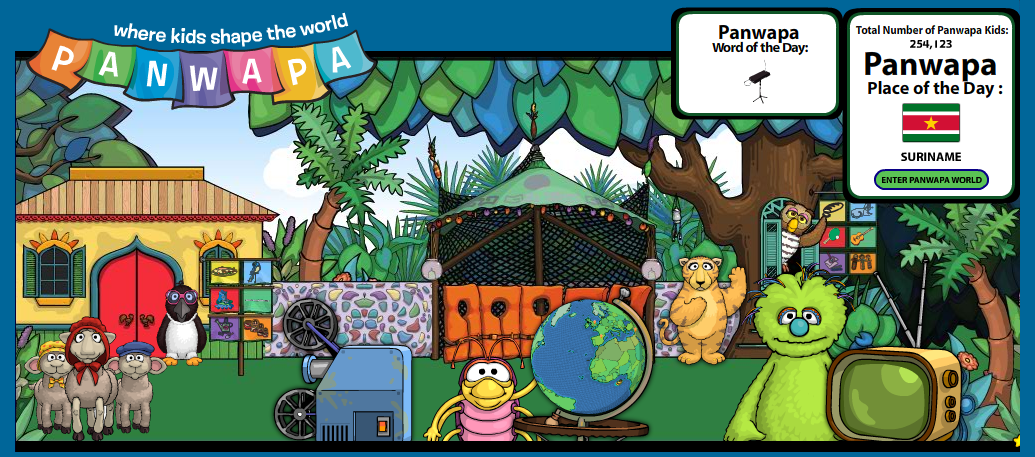I’ve been a fan of Jeff Utecht‘s for some time, and having worked in the EARCOS region for several years, I was eagerly anticipating his post where he would share his latest conference idea: a tech cohort within the EARCOS Admin Conference. You can read all of Jeff’s reflection here, but what really stood out to me is what he said about engagement and presentation being so key in the use of the backchannel chat. Basically, during the first keynote session, the backchannel chat was off-topic and active. The second day: a completely different scenario — the backchannel was on-topic and relevant to the presentation.
To me it was a fascinating look at how engagement and presentation of information leads to learning. It also leads to the discussion in the classroom why some teachers stuggle with students getting on Facebook and others don’t have any trouble at all. Here were administrators who came to the second keynote with all intentions to “screw off” in the chat room…and yet they found the information and presentation so engaging that it didn’t happen.
What Jeff says about engagement and presentation being key to learning really resonates with me. I have been reading about several different cognitive theories of learning and how they apply to using technology in education. Gavriel Salomon was one of the academics (in the ’80s and ’90s) who was saying pretty much what Jeff just narrated: that technology itself cannot simply imply the learning, but that mindfulness needs to be applied for it to be relevant. It sounds like what Jeff is saying in his post is that in the first keynote, the content was not engaging nor presented as something for learning — and therefore the backchannel chat was not aiding learning, either. But on the second day, the keynote was all of these things, and therefore the backchannel was, too.
This is part of the reason that I get a bit concerned when educators look to that next “great tool” to help them with all the learning in their classroom. At times I wonder if they want the tool to do all the work for them, as if the tech or media itself will facilitate learning. While this is sometimes true, particularly with software that has been developed specifically for learning, most of the time we are taking tools which have been created with other goals in mind – such as productivity, or content manipulation, or sharing ideas – and trying to make them fit into our learning goals. I don’t necessarily see this as always being a bad thing, but sometimes I feel like the learning is lost at the expense of the tool, because educators are not mindful of the environment needed for learning. As Saloman, Perkins, and Globerson (1991) said, “One can plan, design, experiment, and simulate in ways not possible until now. But does this partnership make students any smarter, better skilled communicators, or better skilled learners (or alternatively, less skilled) as a result?”
In turn, what this means is that without mindful, pedagogical use of a tool on the part of the teacher, we then get students who use tools just for the sake of using them, and not in a way that is mindful. This applies, I feel, whether we are talking about Voicethread, or GoogleDocs, or a calculator. They are all tools that allow us to redefine or restructure the learning task, but they do not implicitly demand effort of our mental processes. It is reminiscent also of this conversation on Wes Freyer’s blog, about how simply having the technology does not mean that students are going to learn.
One of the things that drives me most crazy is when a teacher comes to me saying, “I’ve just heard about this great new thing called [fill-in-the-blank]! It sounds so great! How can I use it in my classroom?” I know that often my colleagues come to me because I seem to be using all sorts of “new cool tools” that perhaps they are not, and so they come to me in earnest, wanting to know how they, too, can enhance learning in their classrooms. But asking a question like this is putting the cart before the horse. What many of these teachers do not realize is that I arrived at that “new cool tool” by asking the question the other way around: “Hey, I really want my kids to be able to [fill-in-the-blank] by the end of this unit. What kind of tool will facilitate that?” … and thus begins my search. And whatever “new cool tool” I’ve used, I’ve tried to support it with scaffolds, differentiation, and mindful learning activities that allow students to think and reflect about what they are learning. I’ll readily admit that it’s not always successful, and I usually can tell right away when I’ve chosen the right or wrong tool for the job, but my learning is a work-in-progress, too, right?
So really, what I wonder is, technology aside:
Where is the meta-cognition in our teaching and learning? When are we thinking about thinking? When — and how — are we asking our students to do the same?
Reference:
Salomon, G, Perkins, D.N., & Globerson, T. (1991). Partners in Cognition: Extending Human Intelligence with Intelligent Technologies. Educational Researcher 20(3), 2-9.





